Sedimentary Rocks
1/46
There's no tags or description
Looks like no tags are added yet.
Name | Mastery | Learn | Test | Matching | Spaced |
|---|
No study sessions yet.
47 Terms
What is a sediment
The transported product of physical disintegration and chemical decomposition of older rock
Sedimentary Rock
The product of lithification of sediment by means of compaction and/or cementation
Siliciclastic
deposition by water, wind, or ice
Chemical
precipitation from solution
Biogenic
Growth in position by organic processes
What are the four 4 stages of forming a sedimentary rock?
weathering, transport, deposition, lithification
Siliciclastic sediments
predominantly made from the broken-down pieces of pre-existing rock
What are conglomerates and breccias
sedimentary rocks composed of clasts
What is the difference between conglomerates and breccias
conglomerates have rounded clasts while breccias have angular clasts
What are sandstones with mud called?
Greywacke
Sandstones mostly made of quartz are called
quartz arenite
What is shale
usually refers to very fine-grained siliciclastic rocks made of sediments from marine settings
What are Volcaniclastics
10% or greater extrusive volcanic materials
Chemical sediments
precipitate from a solution usually due to oversaturation of ions
Chemical chert
made of microcrystalline quartz that precipitates from ocean water
Oolitic limestone
made when ocean water becomes supersaturated in carbonate ions and precipitates due to shoaling swash action to form ooids
Biogenic sediments
inorganic but are made by biological processes
Fossiliferous limestones
composed of fossil shells, corals, and other carbonate materials
Coquinas
consists of sand and/or gravel sized particles of shell fragments and other carbonate material
Chalk
made of the microscopic carbonate remains of plankton that fall to the seafloor forming calcareous ooze
Biogenic chert
siliceous remains of plankton that fall to the seafloor
Exfoliation
Due to pressure release as deeply buried rocks reach the surface due to removal of overlying material
Frost and Salt Wedging
Repeated freezing/thawing of ice expanding cracks in rocks
Abrasion
Physical interaction of materials due to external forces causing macro- and micro- breakages
Insolation
Expansion and contraction of rocks that are heated by the sun and cool down at night
Dissolution
Ions disassociate releasing into the groundwater
Oxidation
Oxygen dissolved in water reacts with with iron-bearing silicate minerals
Hydrolysis
Chemical reaction between mineral ions and ions of water
Duricrusts
major accumulations of less mobile elements in stable minerals, product of weathering
eg: Iron/Aluminum Oxides
Chelation
Bonding of mineral cations and organic molecules produced by plants
What is the most easily weathered rock on Goldrch’s weathering series
Chemical precipitates
Halite, Calcite, Dolomite, Gypsum
What is the least weathered rock on Goldrch’s weathering series
Aluminium Oxide, Iron Oxide, Clays
How are clays made
hydrolysis of silicate minerals
How is disillusion increased naturally
water and co2 making carbonic acid
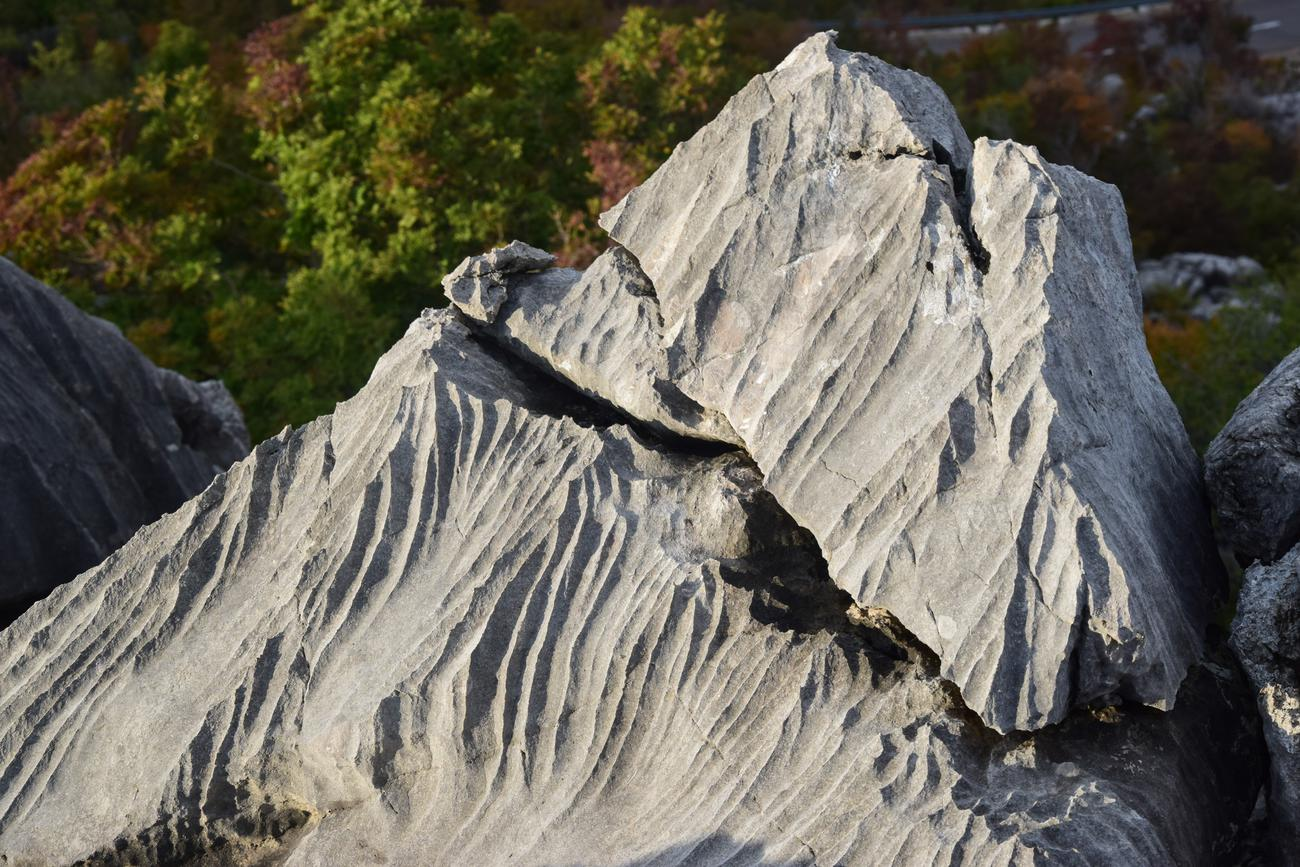
What is this
Rillenkarren
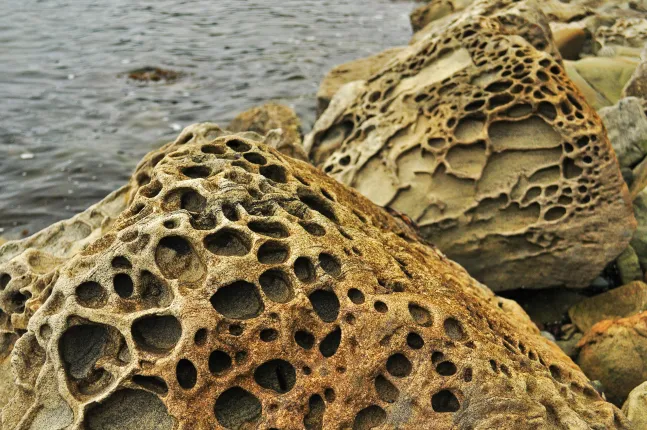
What is this
Honeycomb weathering
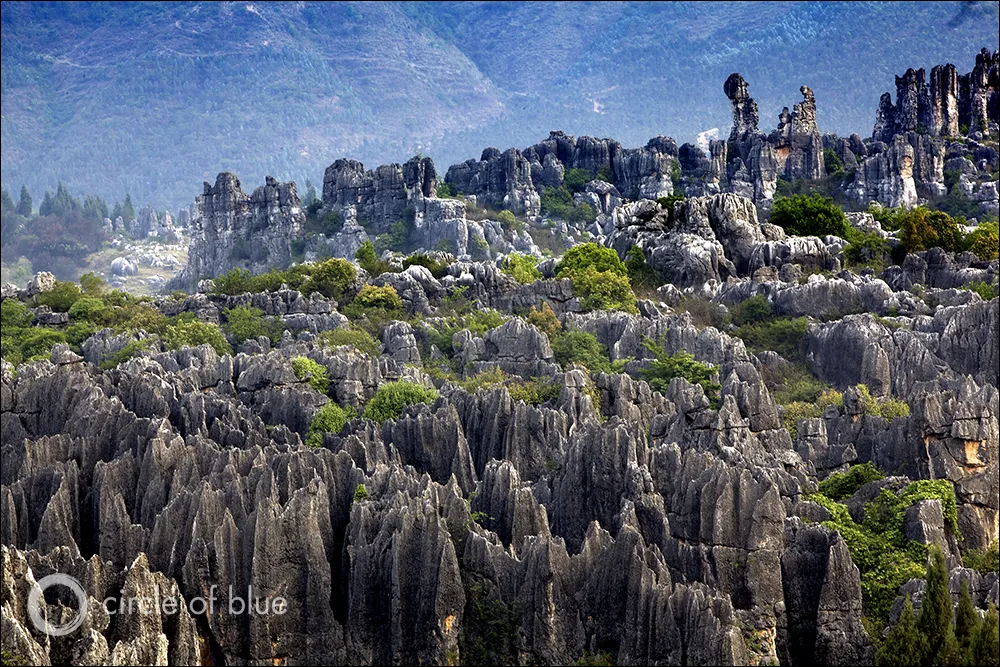
What is this
Karst landscape
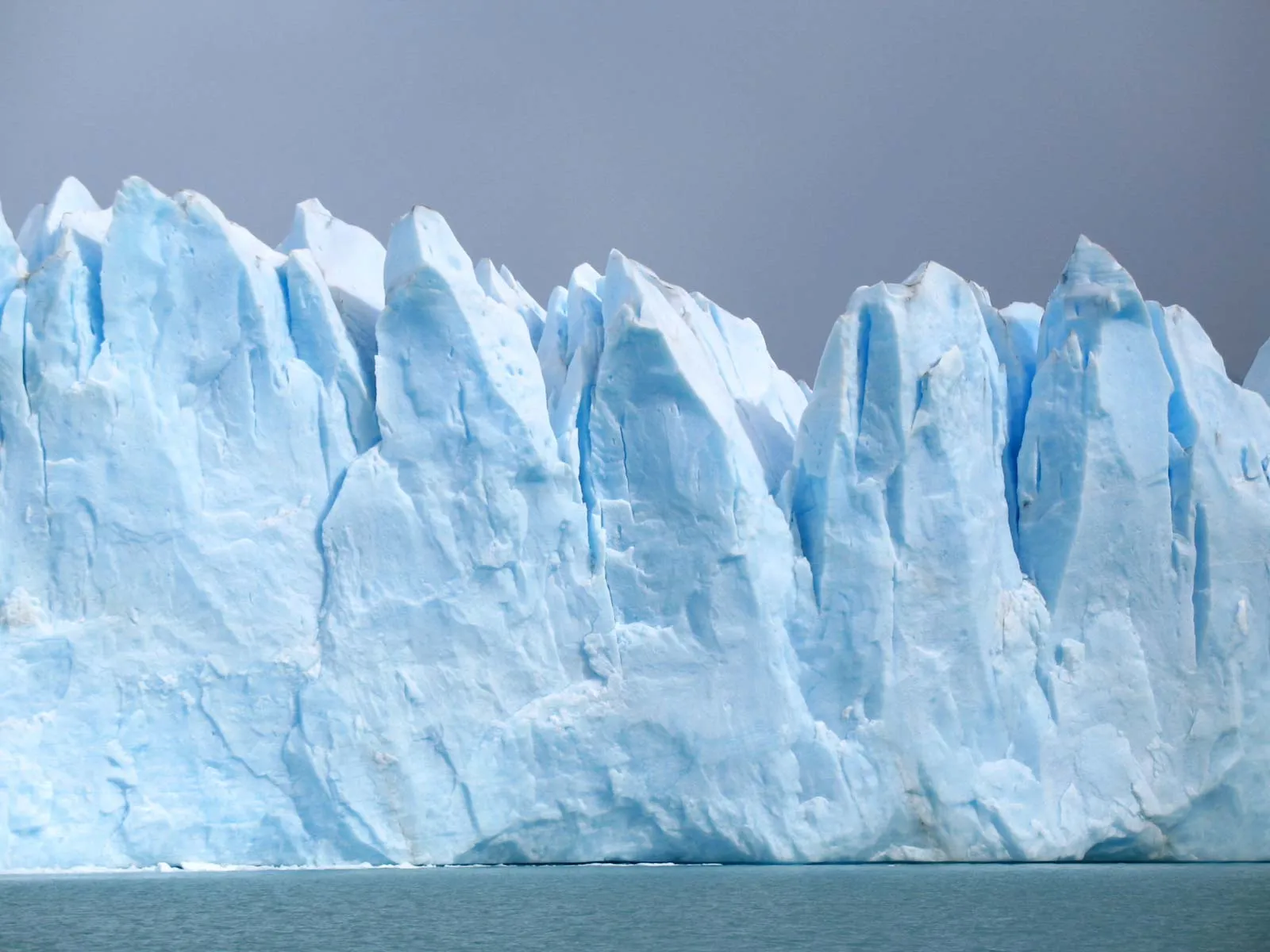
Define a glacier
accumulate snow or ice faster then it is removed
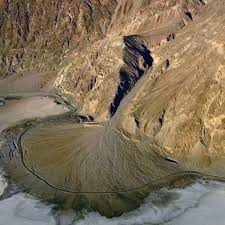
Define an aluvial fan
when mountains/canyons experience a sharp change in slope
What is required for a braided river
A high gradient
Define a delta/estuary
where salt and freshwater mix
How do ripples accumulate
Ripples form as water or wind moves sand from the front to the back, gradually accumulating
Primary vs Secondary sedimentary structures
during deposition vs after
What are the two ways to describe grading
coarsening/fining upwards